The Unseen Link: How Alcohol Consumption Leads to Spider Veins and Why You Should Quit Today
Spider veins—those intricate, web-like clusters of red, blue, or purple veins—are more than just a cosmetic concern. While many factors contribute to their development, one significant and often overlooked cause is alcohol consumption. Understanding how alcohol leads to spider veins on the face, neck, and legs can be a powerful motivator to reconsider your drinking habits and take steps toward a healthier lifestyle.
What Are Spider Veins?
Spider veins, medically known as telangiectasias, are small, dilated blood vessels that appear close to the skin's surface. They are commonly found on the legs but can also develop on the face and neck. Unlike varicose veins, which are larger and often bulge, spider veins are finer and form patterns resembling spider webs or tree branches. While generally harmless, they can cause discomfort, itching, or burning sensations in some cases.
The Alcohol Connection: How Drinking Causes Spider Veins
1. Vasodilation and Increased Blood Flow
Alcohol is a vasodilator, meaning it causes blood vessels to widen. When you consume alcohol, the blood vessels near the skin's surface expand, increasing blood flow to these areas. Over time, this repeated expansion and contraction can weaken the vessel walls, making them more prone to rupturing or becoming permanently dilated. This is particularly noticeable on the face and neck, where the skin is thinner and blood vessels are more superficial.
2. Dehydration and Skin Health
Alcohol is a diuretic, which means it promotes fluid loss through increased urination. This leads to dehydration, affecting the skin's elasticity and overall health. Dehydrated skin is less resilient and more susceptible to damage, including the formation of spider veins. Additionally, dehydration can cause blood to thicken, increasing pressure on the venous system and further straining the blood vessels.
3. Liver Damage and Circulatory Issues
The liver plays a crucial role in regulating blood circulation and processing toxins. Excessive alcohol consumption can lead to liver damage, impairing its ability to function properly. A compromised liver can contribute to portal hypertension—a condition characterized by increased pressure in the portal vein system. This elevated pressure can force blood into smaller vessels, such as those in the legs, face, and neck, causing them to enlarge and become visible as spider veins.
4. Weight Gain and Venous Pressure
Alcoholic beverages are often high in empty calories, leading to weight gain over time. Excess weight, particularly around the abdomen, increases pressure on the veins in the legs. This added strain can weaken the valves within the veins, impairing blood flow and contributing to the development of spider veins and varicose veins.
5. Nutritional Deficiencies
Heavy drinking can interfere with the body's ability to absorb essential nutrients, such as vitamins C and E, which are vital for maintaining healthy blood vessels and skin. Deficiencies in these nutrients can weaken vessel walls, making them more susceptible to damage and dilation.
Spider Veins on the Face, Neck, and Legs: Area-Specific Impacts
Facial Spider Veins
The face is one of the most common areas for alcohol-induced spider veins to appear. The combination of vasodilation, dehydration, and thin skin makes facial blood vessels particularly vulnerable. Chronic drinkers may notice a flushed appearance or redness on the cheeks and nose—a condition sometimes referred to as "alcohol flush" or "drinker's nose." Over time, this redness can evolve into more permanent spider veins.
Neck Spider Veins
Spider veins on the neck are often linked to increased blood pressure and circulatory strain caused by alcohol. The neck's blood vessels are also susceptible to the vasodilating effects of alcohol, and their visibility can be exacerbated by dehydration and sun exposure.
Leg Spider Veins
The legs bear the brunt of gravity and body weight, making them a common site for spider veins. Alcohol exacerbates this by contributing to weight gain, dehydration, and circulatory issues. Weakened valves and increased venous pressure due to alcohol consumption can lead to the formation of spider veins on the thighs, calves, and ankles.
The Benefits of Quitting Alcohol
Quitting alcohol can have immediate and long-term benefits for your vascular health and overall well-being. Here’s what you can expect:
Improved Circulation
Within days of quitting alcohol, your blood vessels will begin to function more normally. Vasodilation caused by alcohol will cease, reducing the strain on your veins and allowing them to regain their elasticity.
Enhanced Hydration
As your body rehydrates, your skin will become more supple and resilient. Proper hydration helps maintain healthy blood viscosity, reducing the pressure on your venous system.
Liver Recovery
The liver is remarkably resilient and can begin to repair itself once alcohol is removed from the equation. Improved liver function will help regulate blood flow and reduce the risk of portal hypertension.
Weight Management
Eliminating alcohol can lead to weight loss, especially if drinking was accompanied by high-calorie mixers or poor dietary choices. Shedding excess weight reduces pressure on the veins in your legs, minimizing the risk of new spider veins forming.
Better Nutrient Absorption
With alcohol out of your system, your body can more effectively absorb essential vitamins and minerals. Nutrients like vitamin C and collagen-boosting compounds will help strengthen blood vessel walls and improve skin health.
Taking Action: How to Quit Alcohol and Reduce Spider Veins
1. Set Clear Goals
Start by setting realistic goals for reducing or eliminating alcohol. Whether you choose to quit entirely or cut back gradually, having a clear plan will help you stay on track.
2. Seek Support
Quitting alcohol can be challenging, especially if you've been drinking heavily for a long time. Consider joining support groups, talking to a therapist, or confiding in friends and family for encouragement.
3. Stay Hydrated
Drink plenty of water throughout the day to keep your body and skin hydrated. Herbal teas and infused water can be excellent alternatives to alcoholic beverages.
4. Adopt a Healthy Diet
Focus on foods rich in vitamins C and E, such as citrus fruits, leafy greens, and nuts. These nutrients support vascular health and skin elasticity.
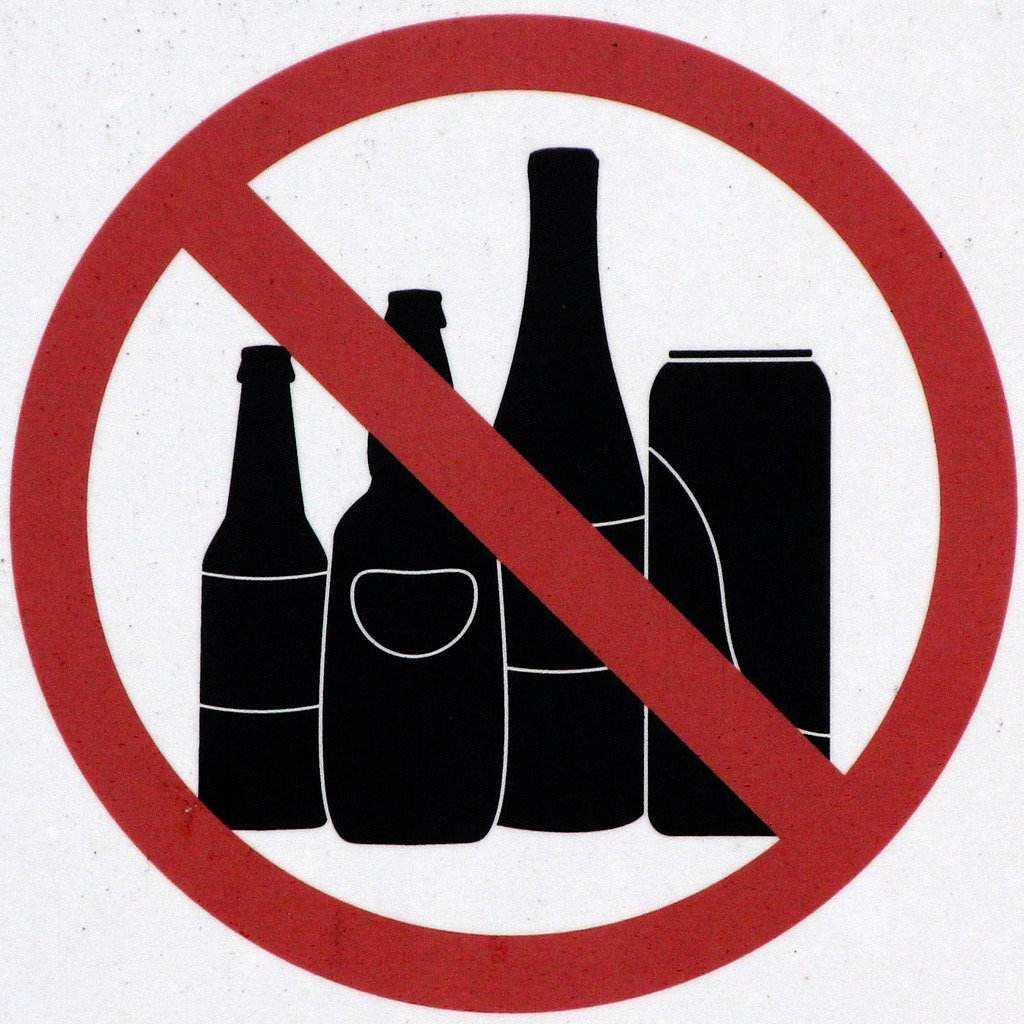
5. Exercise Regularly
Physical activity improves circulation and helps maintain a healthy weight. Activities like walking, swimming, and yoga are particularly beneficial for venous health.
6. Consider Medical Treatments
If you already have spider veins, consult a dermatologist or vascular specialist about treatment options. Sclerotherapy, laser therapy, and other procedures can effectively reduce the appearance of spider veins.
Conclusion: Your Health Is in Your Hands
Spider veins may seem like a minor issue, but they can be a sign of underlying health problems exacerbated by alcohol consumption. By understanding the connection between alcohol and spider veins, you can take proactive steps to protect your vascular health. Quitting alcohol today is not just about improving your appearance—it's about investing in a healthier, happier future. Your body will thank you for it.
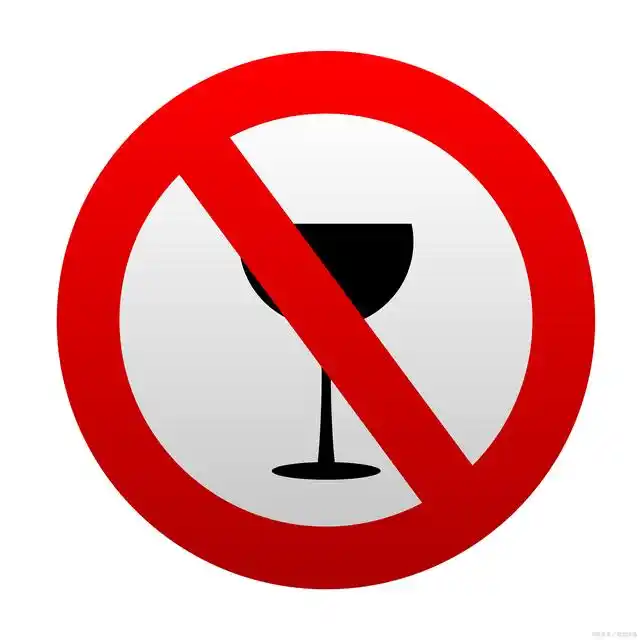
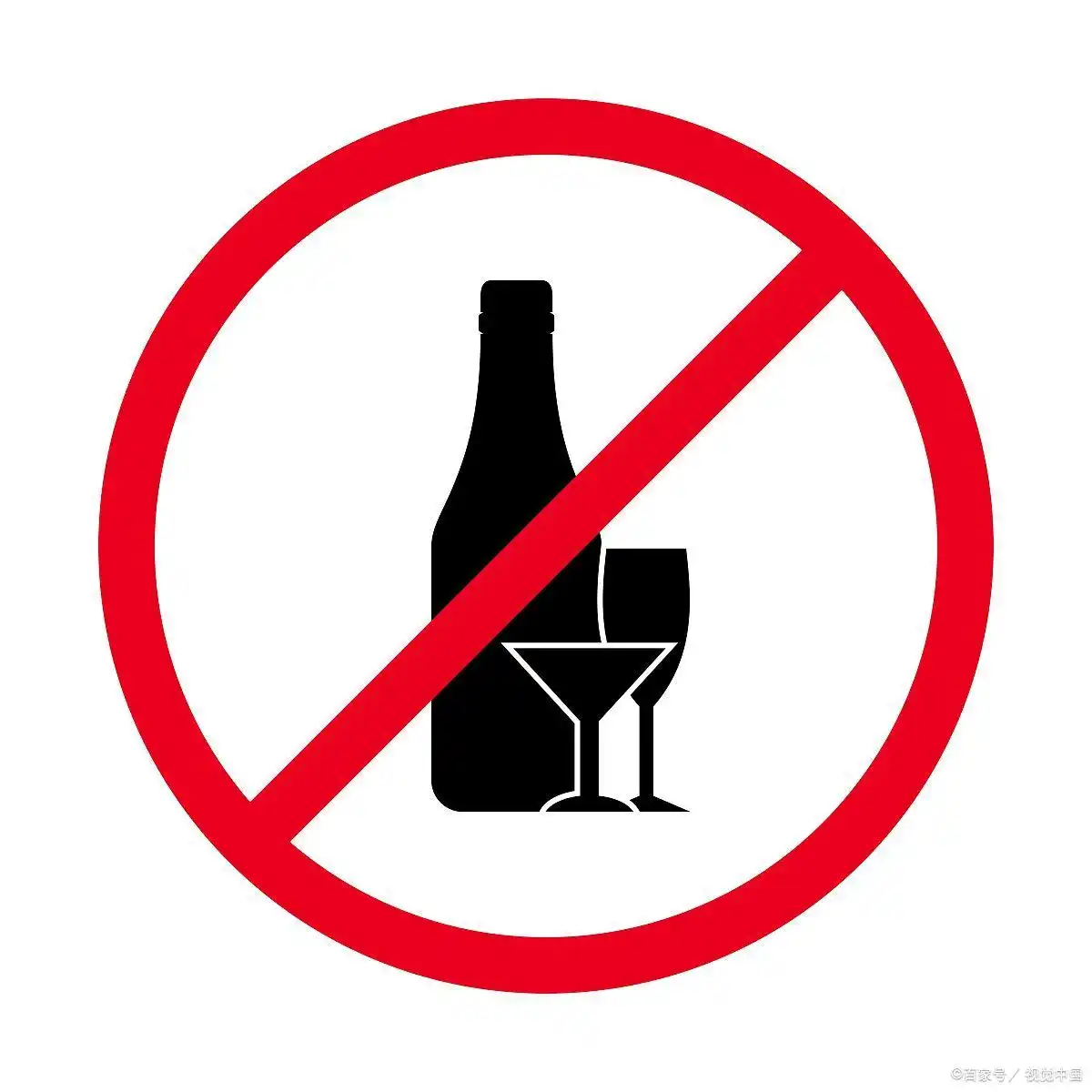
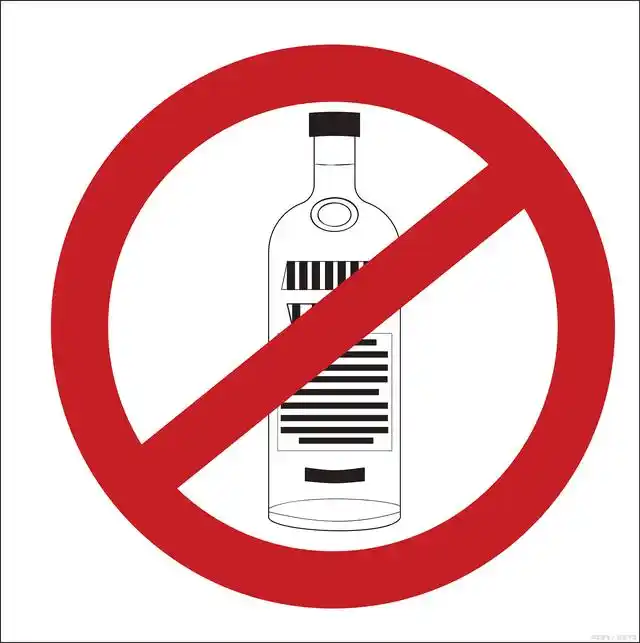
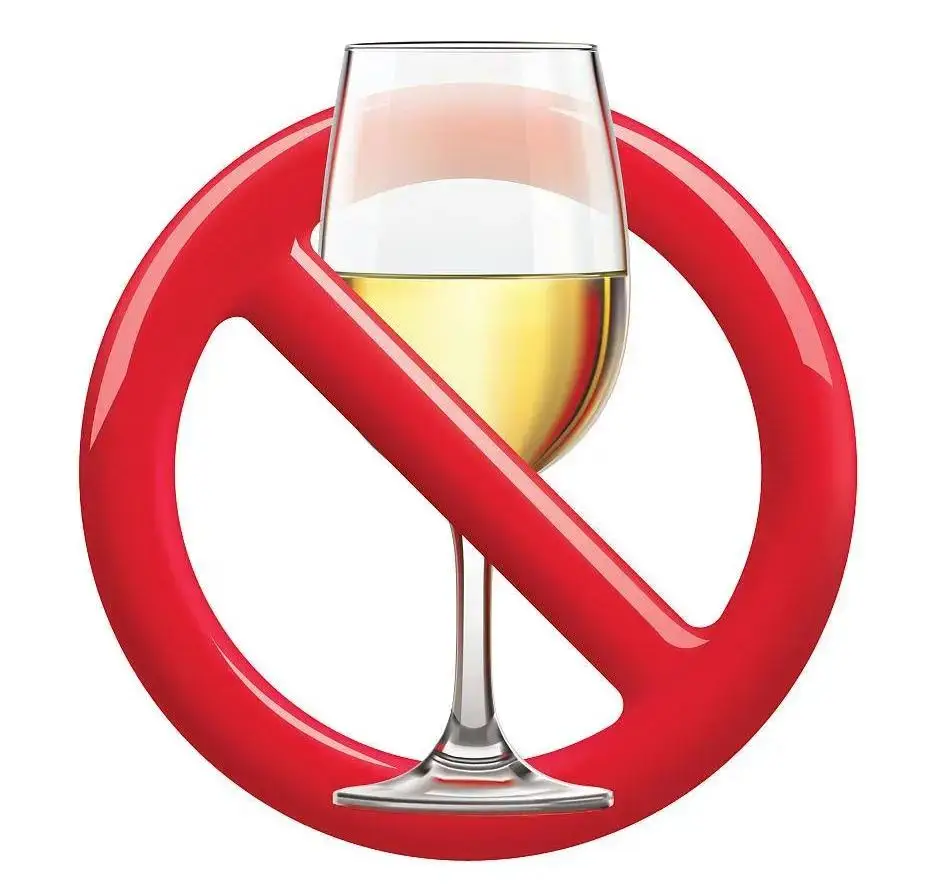
发表评论